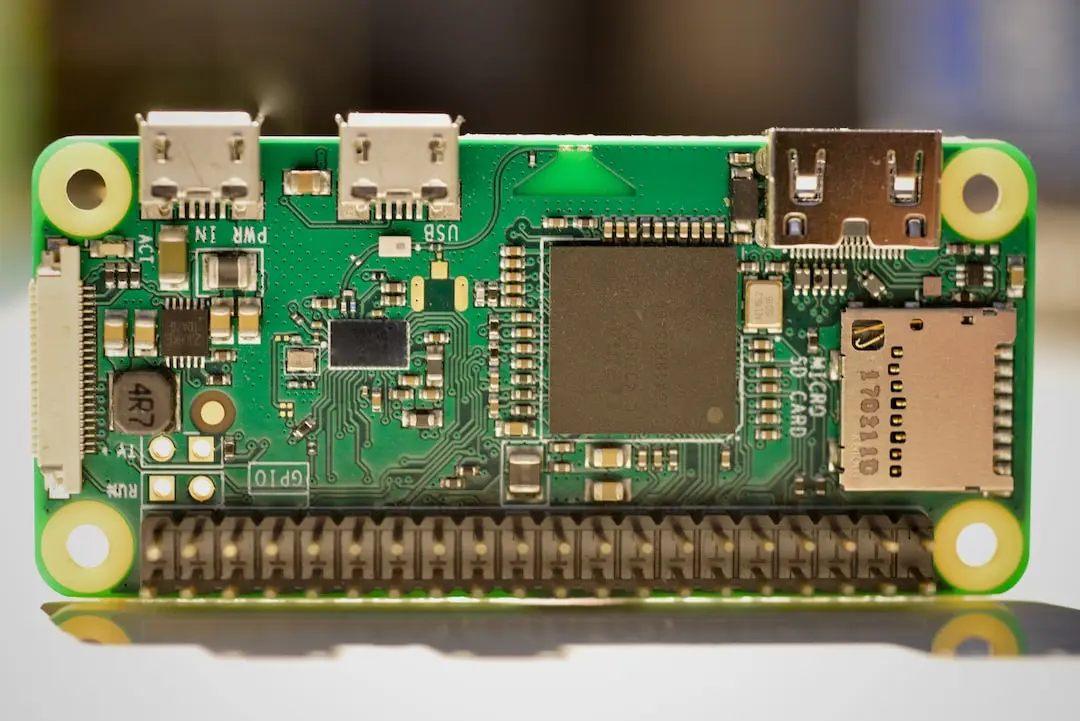When designing a printed circuit board (PCB), there are many components and elements to consider. One important aspect of PCB design is reference designators. These are essential for identifying and organizing components on a PCB. In this article, we will discuss what reference designators are, why they matter, and some design strategies for using them effectively.

Reference designators are a combination of letters and numbers that are used to identify specific components on a PCB. They are typically placed next to the corresponding component on the PCB layout and are used to reference the component in the bill of materials (BOM) and other documentation. Reference designators are essential for identifying and organizing components during the assembly and testing process.
Reference designators are crucial for ensuring accuracy and efficiency in the PCB design process. They help to avoid confusion and mistakes during assembly and testing by clearly identifying each component. Without reference designators, it would be challenging to keep track of the numerous components on a PCB and their specific locations. Additionally, reference designators are necessary for creating a BOM, which is essential for ordering and sourcing components.
When using reference designators in your PCB design, there are a few strategies you can employ to make the process more efficient and organized.
When assigning reference designators to components, it is essential to use a logical system. This could include using letters for specific types of components (e.g., R for resistors, C for capacitors) or numbering components in a specific order (e.g., starting from the top left corner and moving clockwise). This will make it easier to locate and identify components during assembly and testing.
Consistency is key when it comes to reference designators. Make sure to use the same system for all components on a PCB and to follow the same format for all PCB designs. This will help to avoid confusion and mistakes during the assembly process.
A reference designator table is a helpful tool for organizing and keeping track of reference designators. This table can be included in the PCB documentation and can list all components and their corresponding reference designators. This can be especially useful for larger and more complex PCB designs.
When placing reference designators on a PCB layout, it is crucial to use clear and legible labels. This will make it easier to read and identify components during assembly and testing. It is also important to ensure that the labels do not overlap or cover any important information on the PCB.
In conclusion, reference designators are an essential aspect of PCB design. They help to identify and organize components, ensuring accuracy and efficiency in the assembly and testing process. By using a logical system, being consistent, and employing helpful tools like reference designator tables, you can effectively use reference designators in your PCB designs.